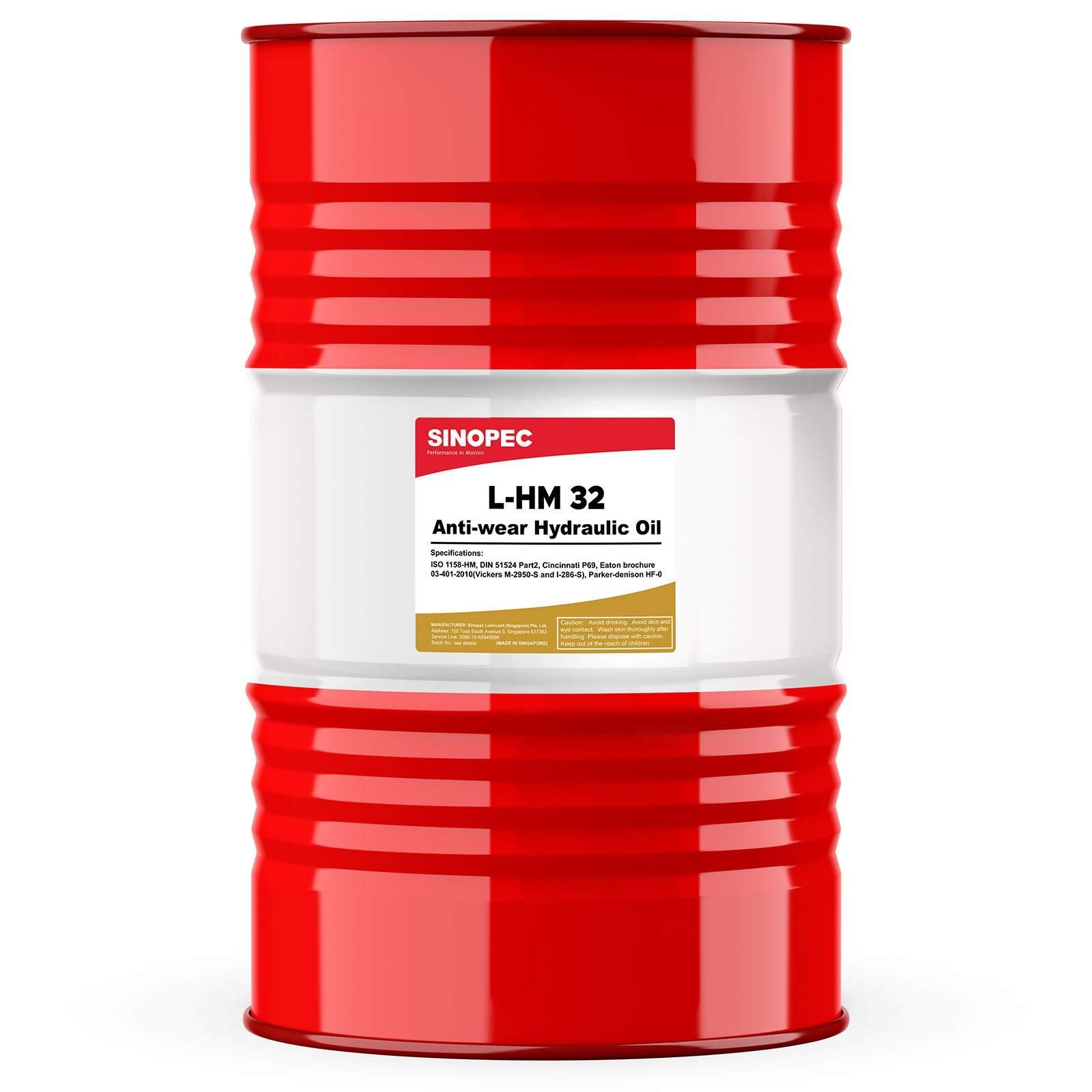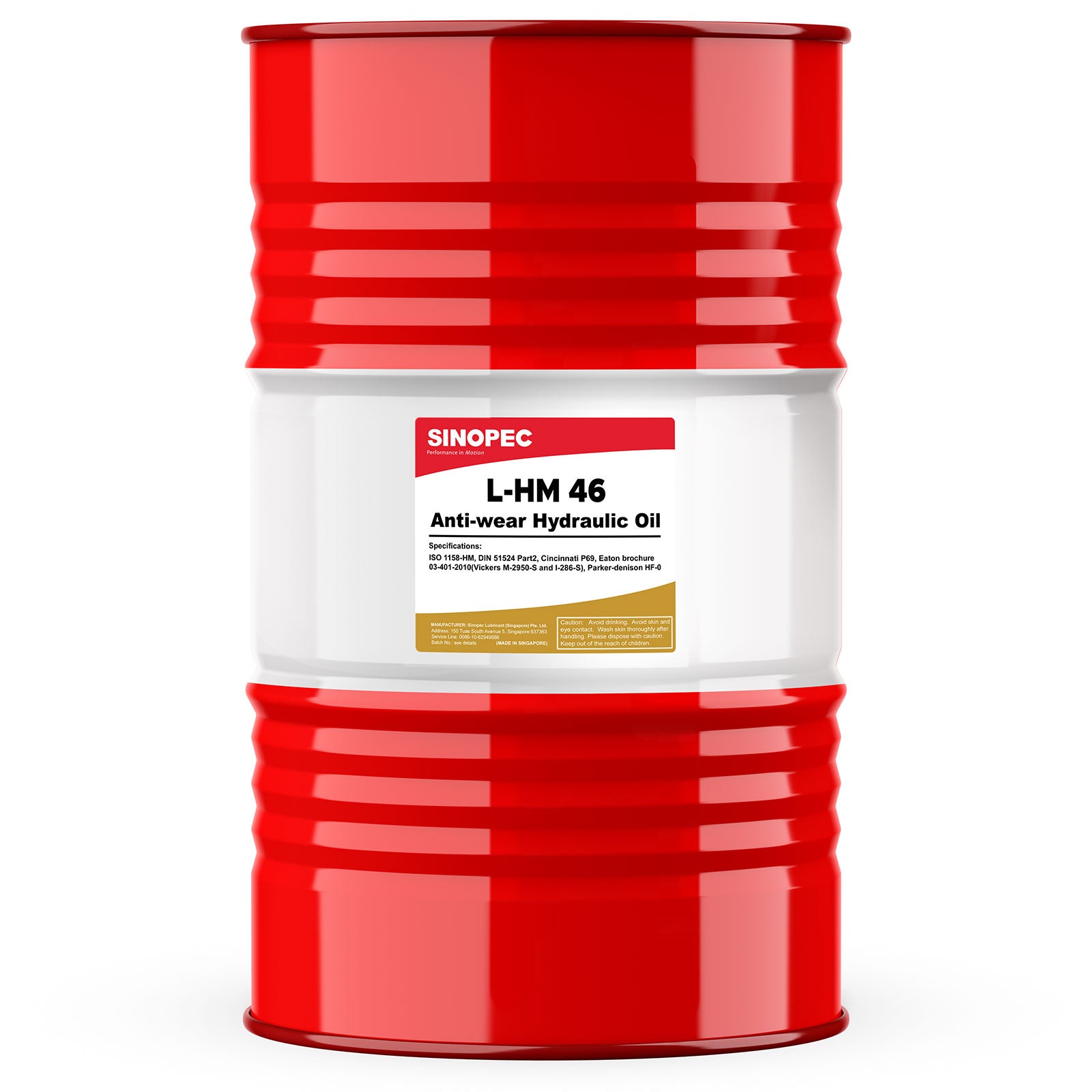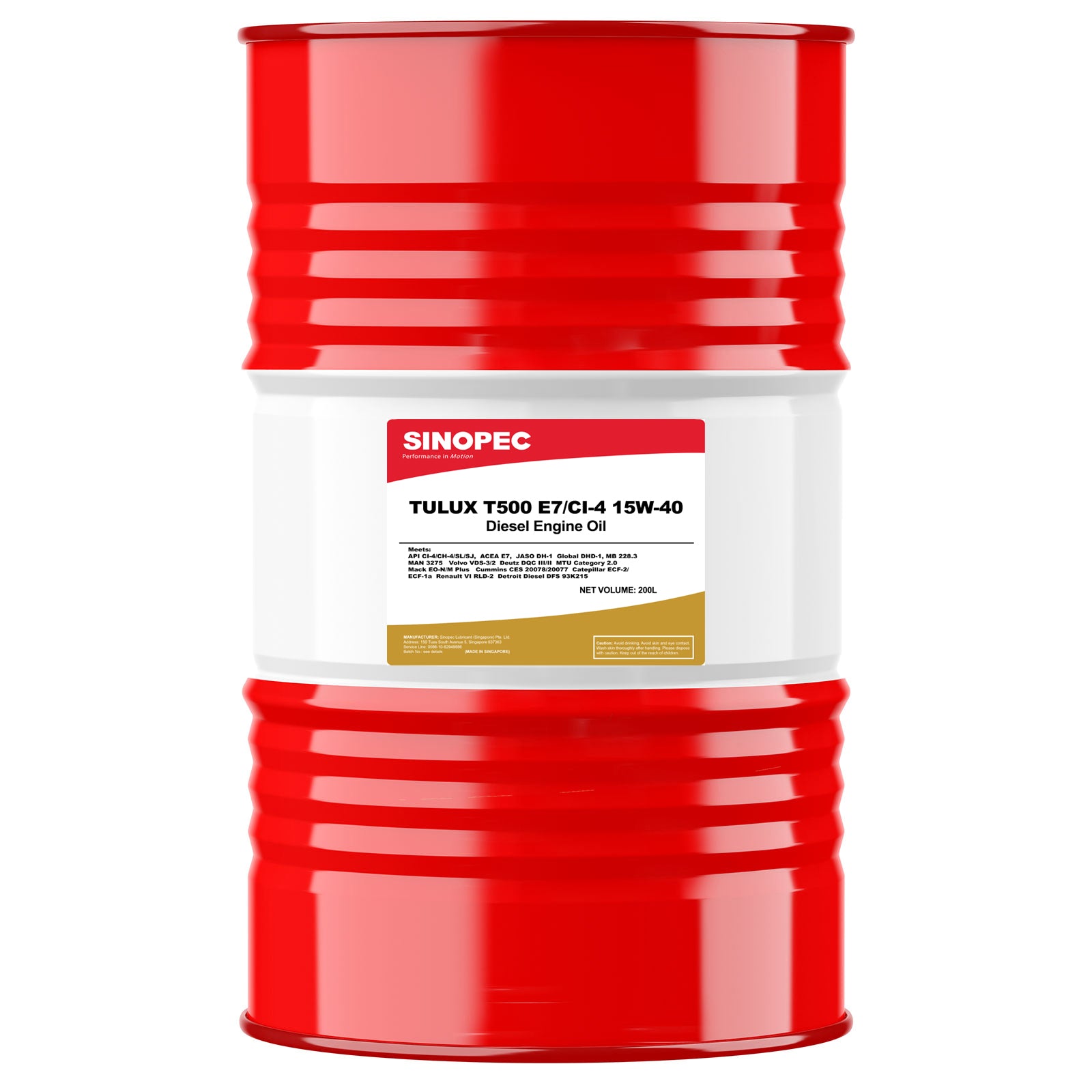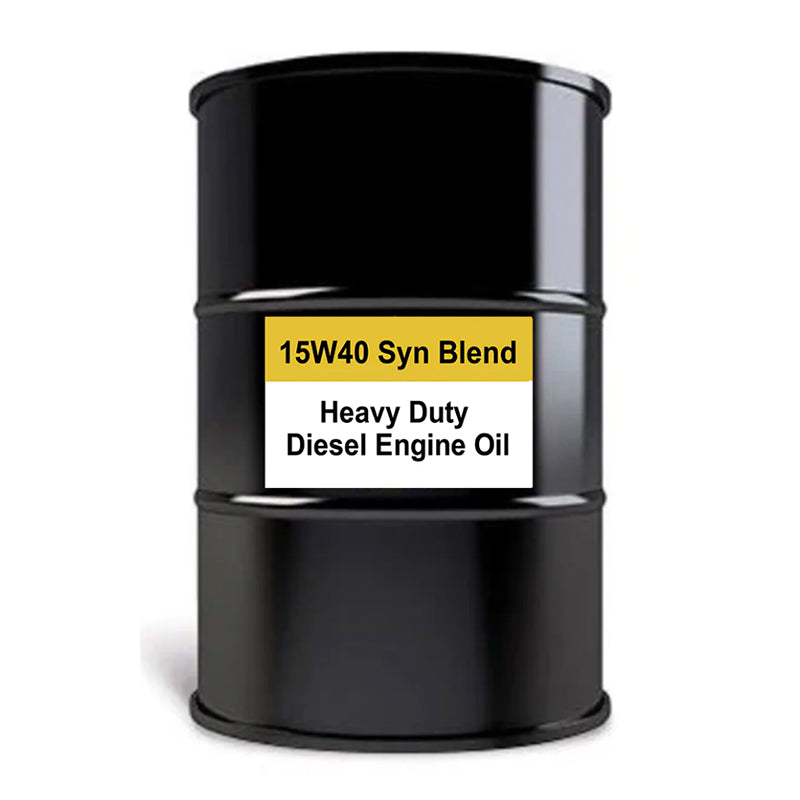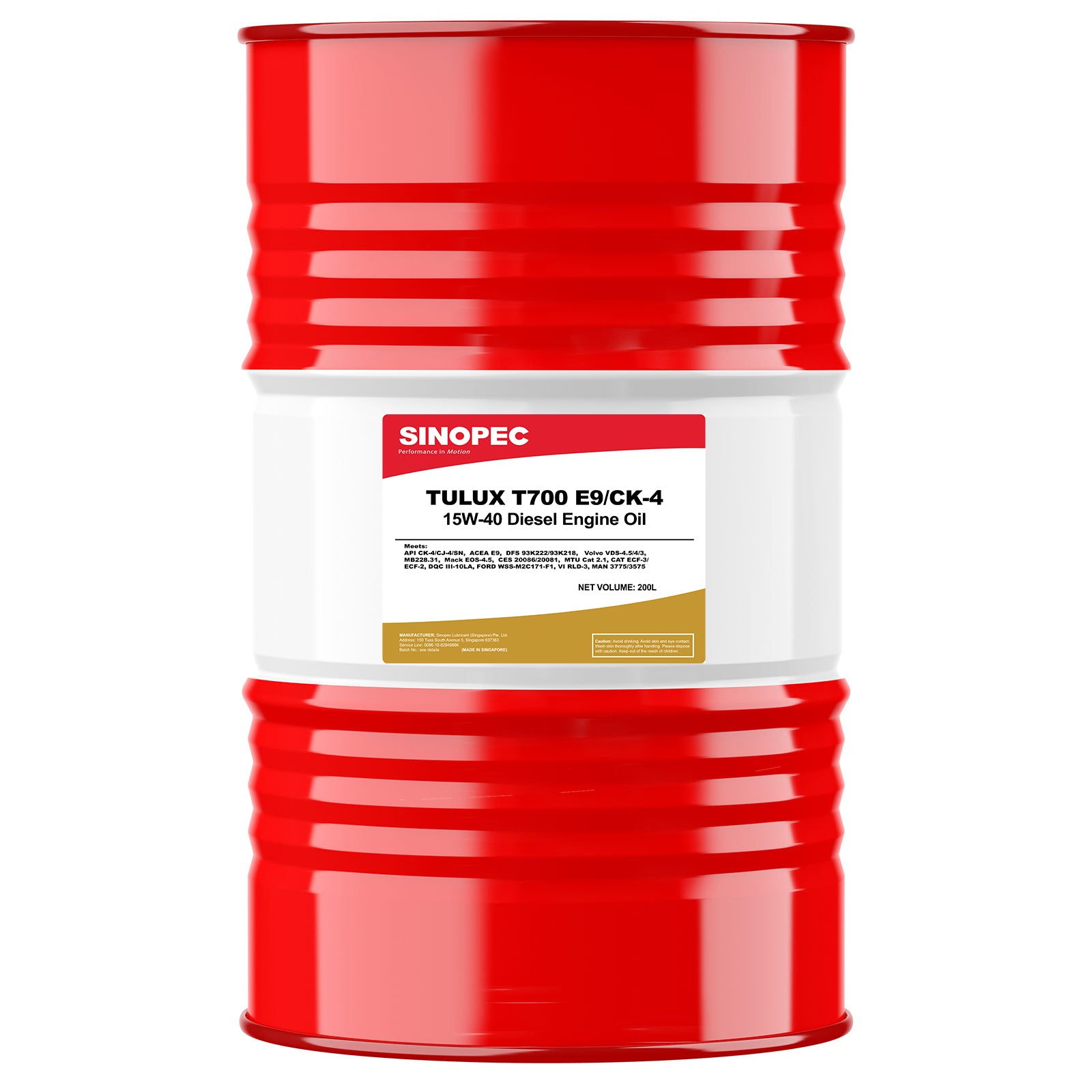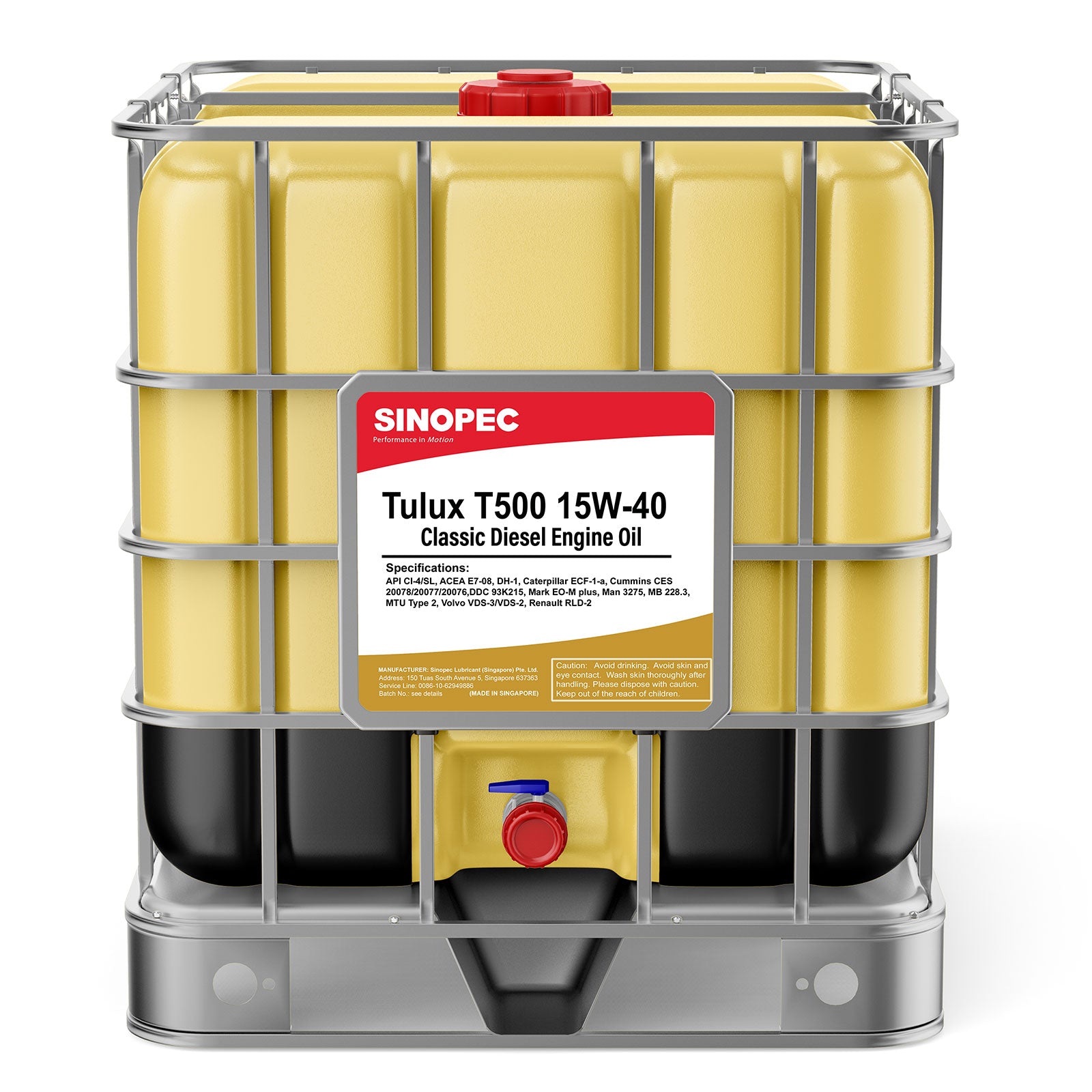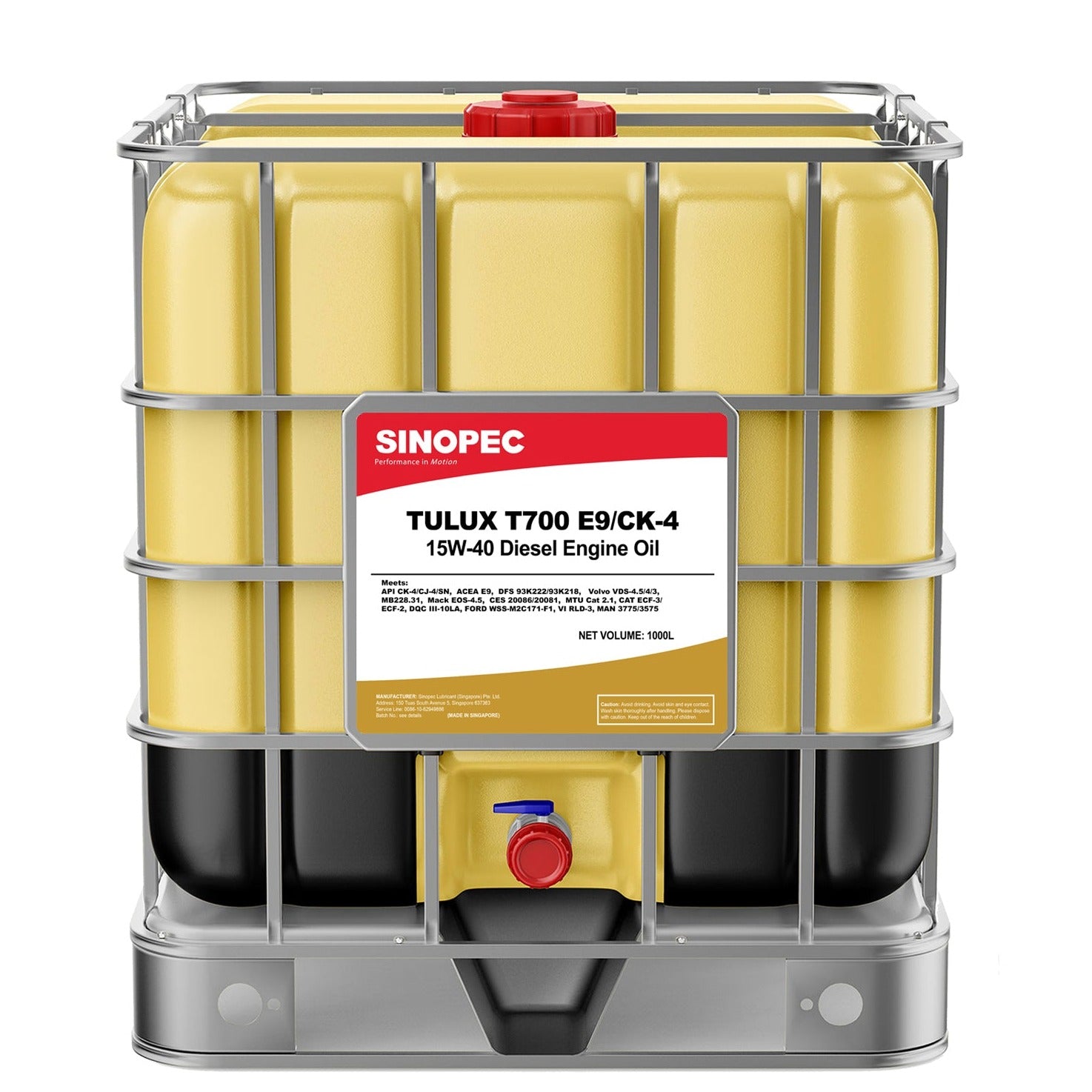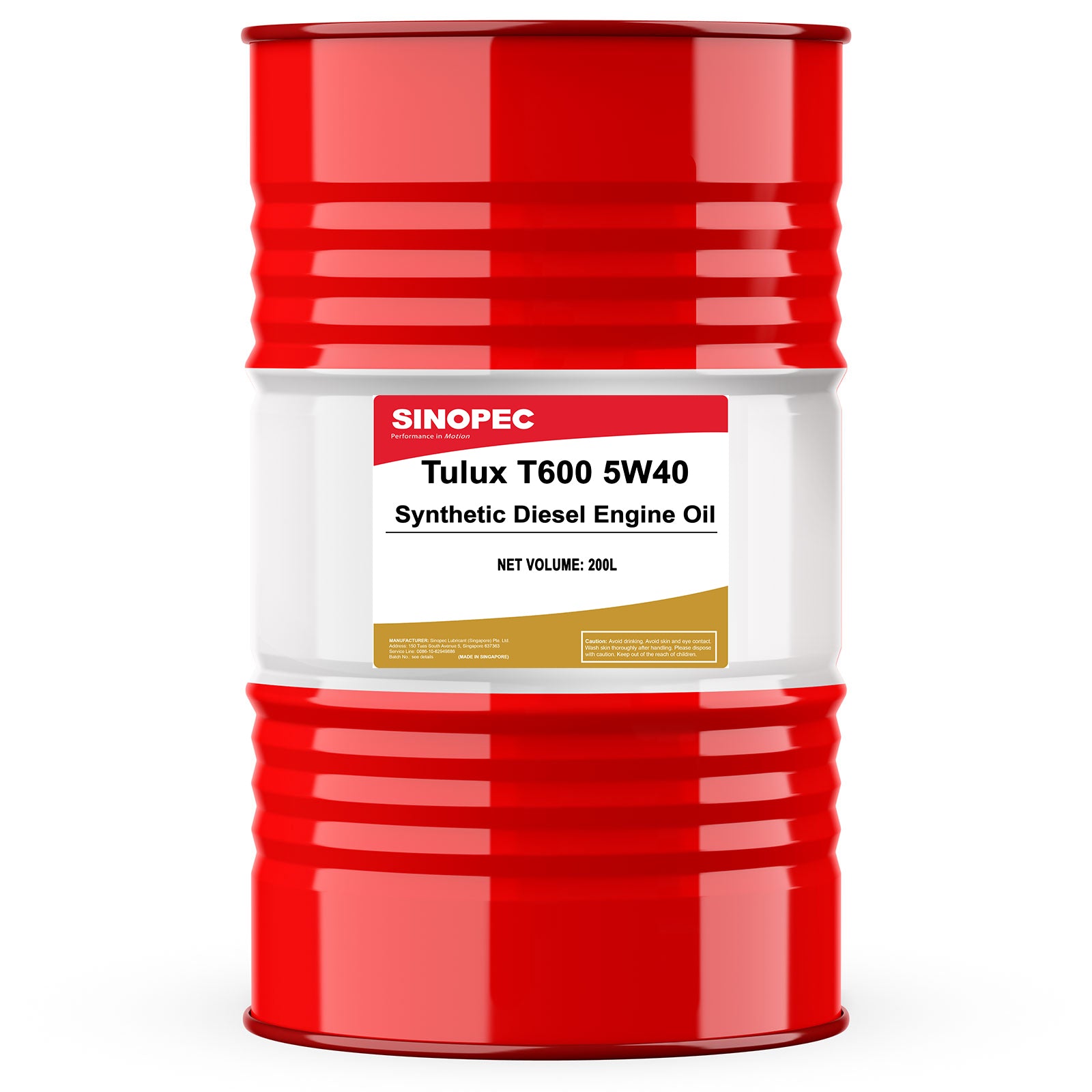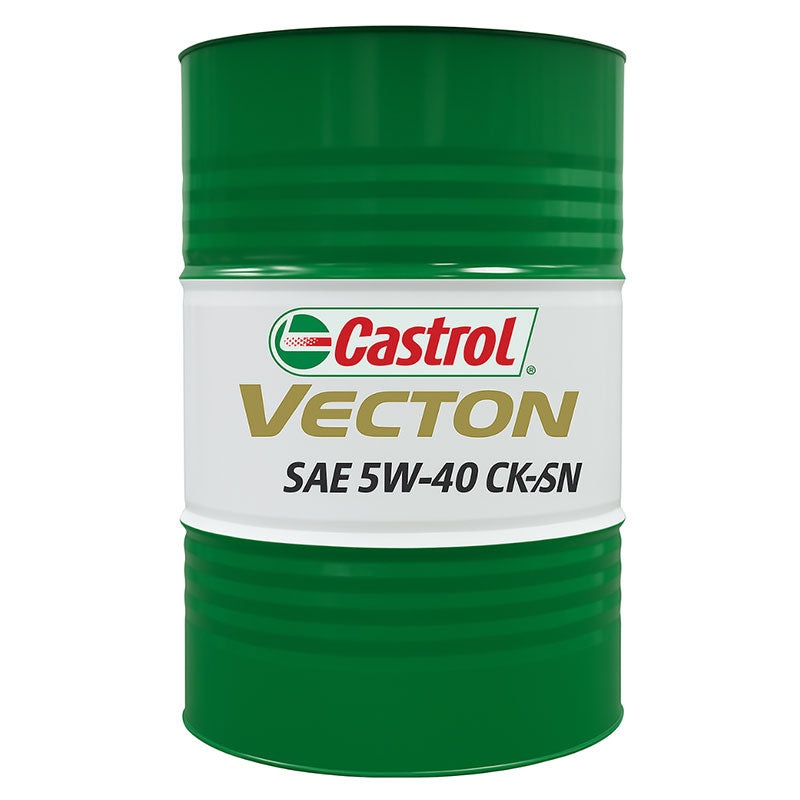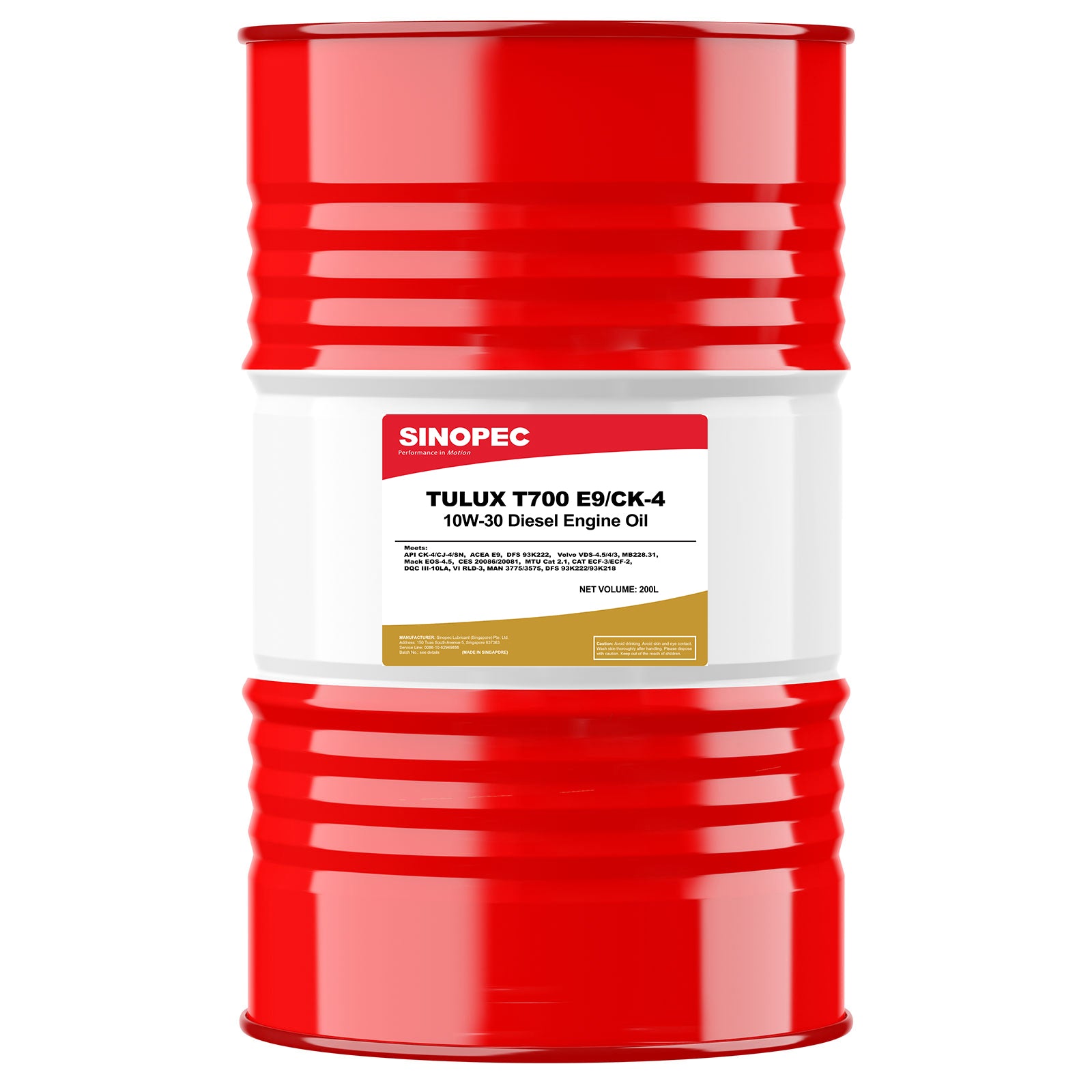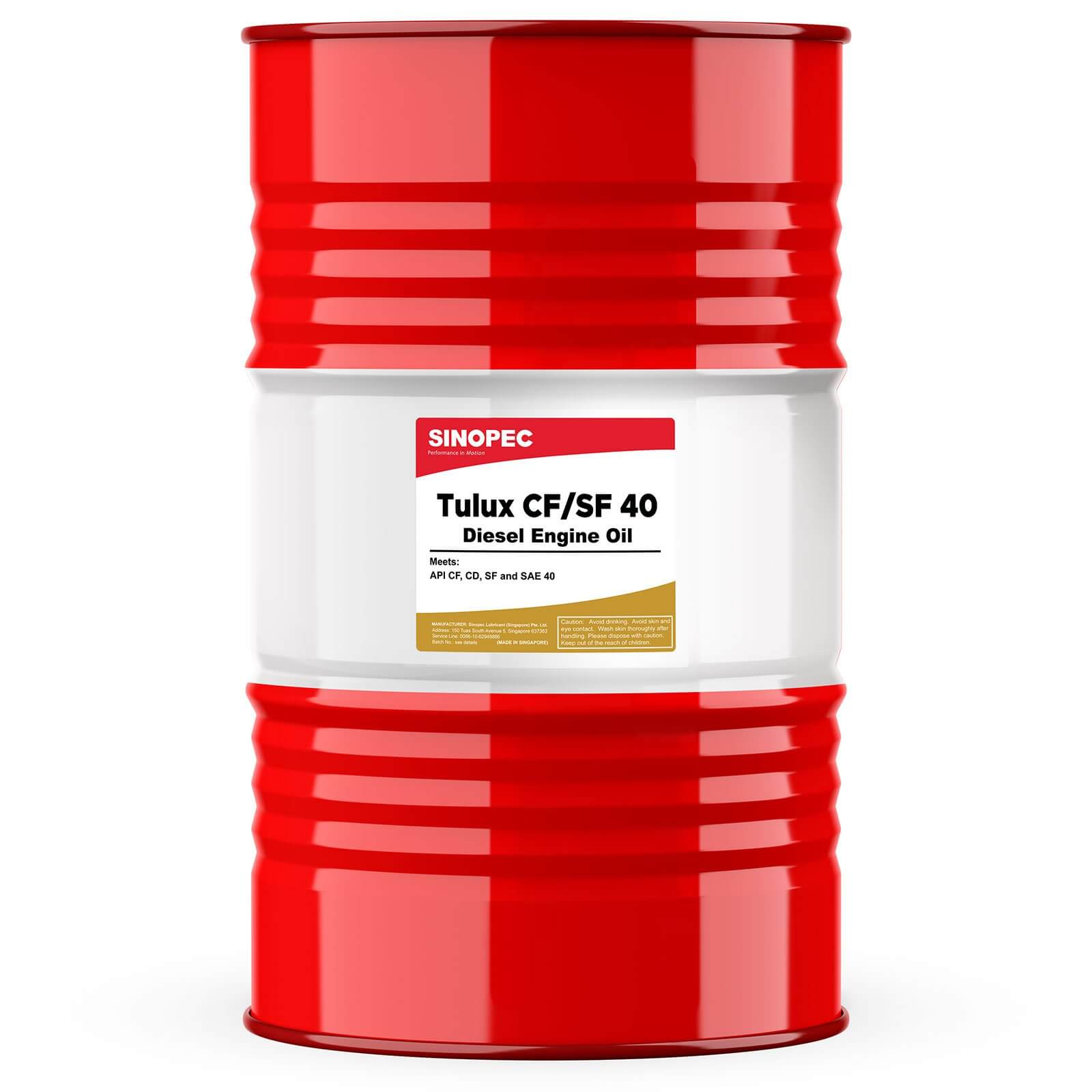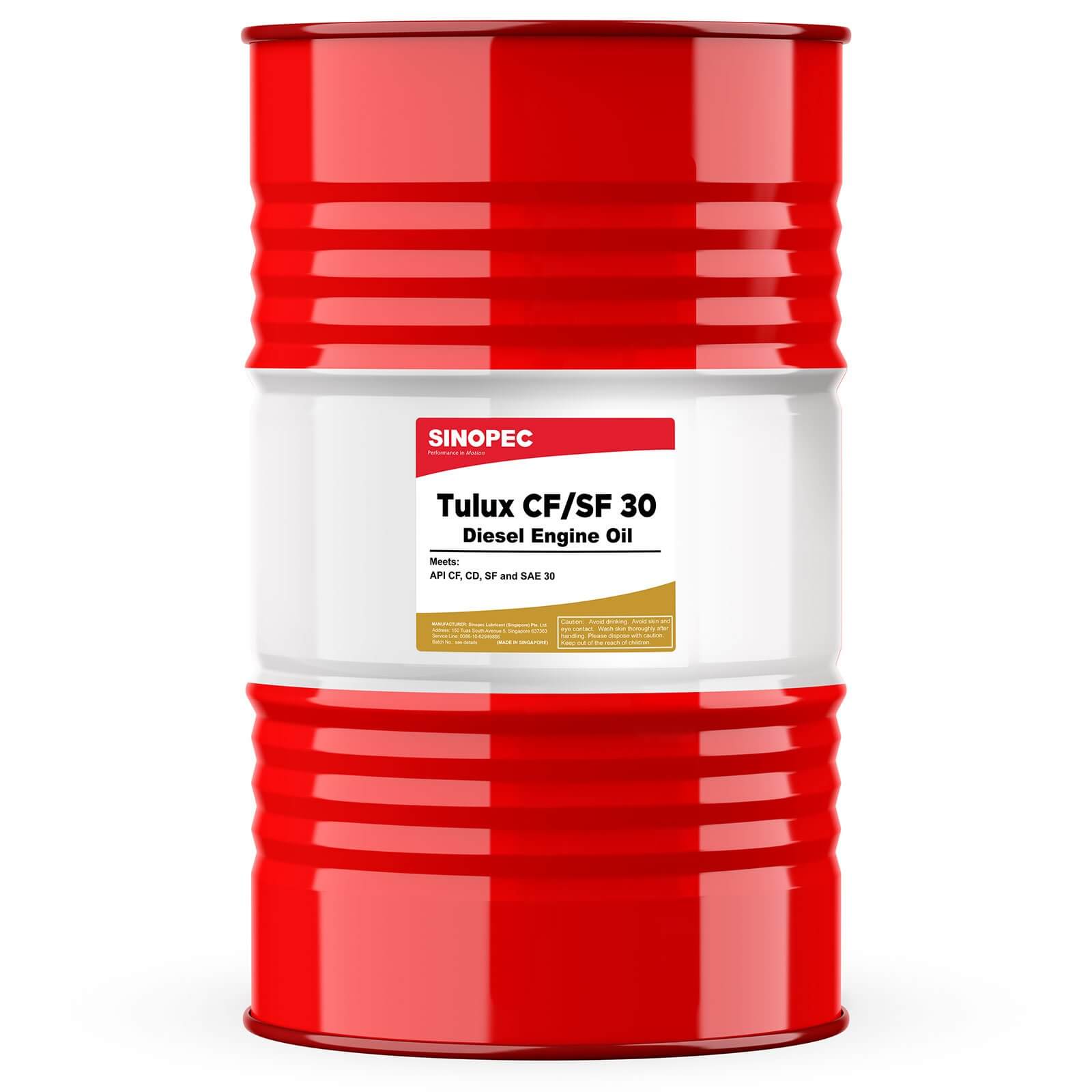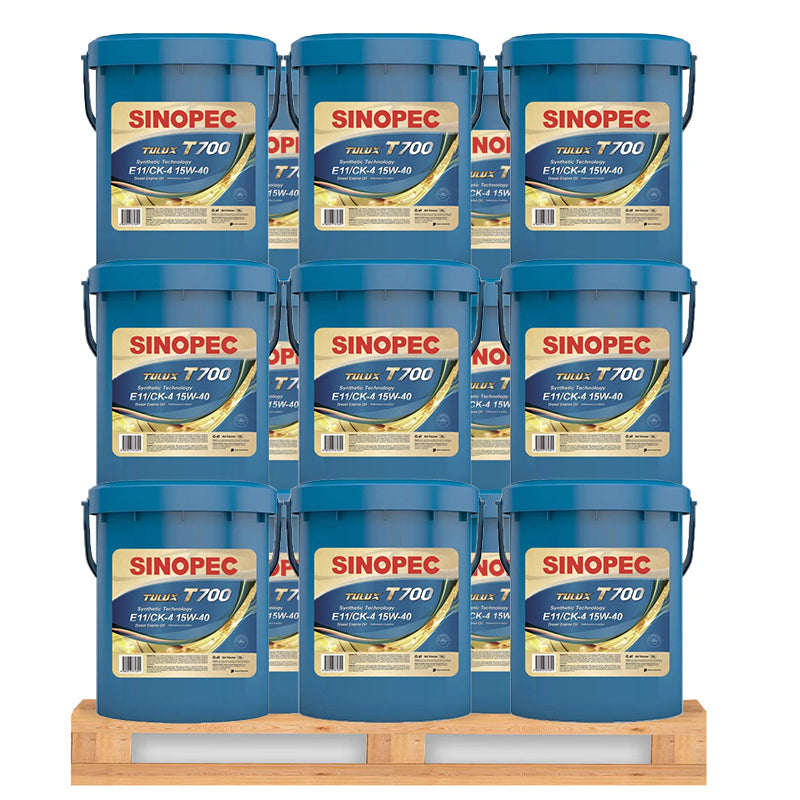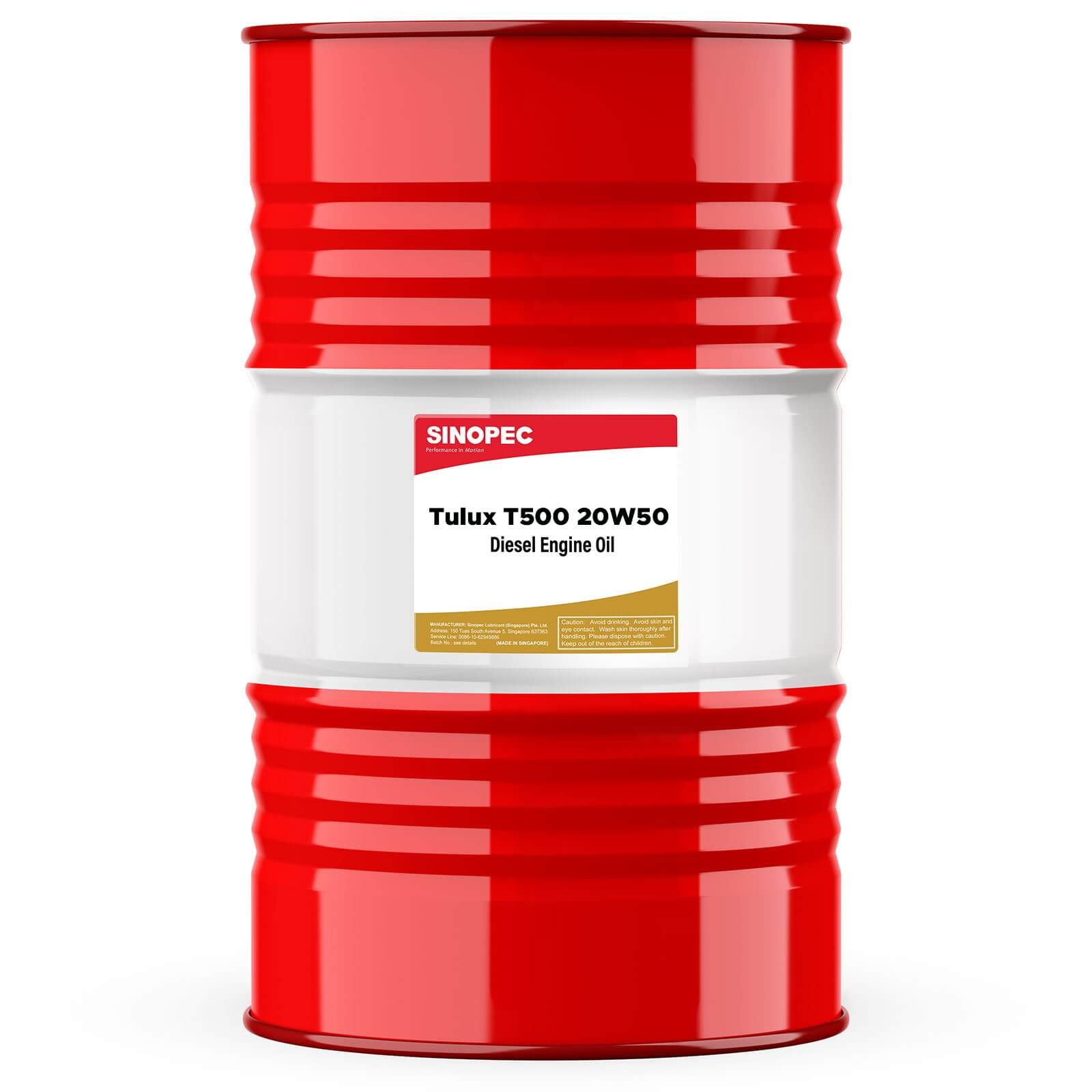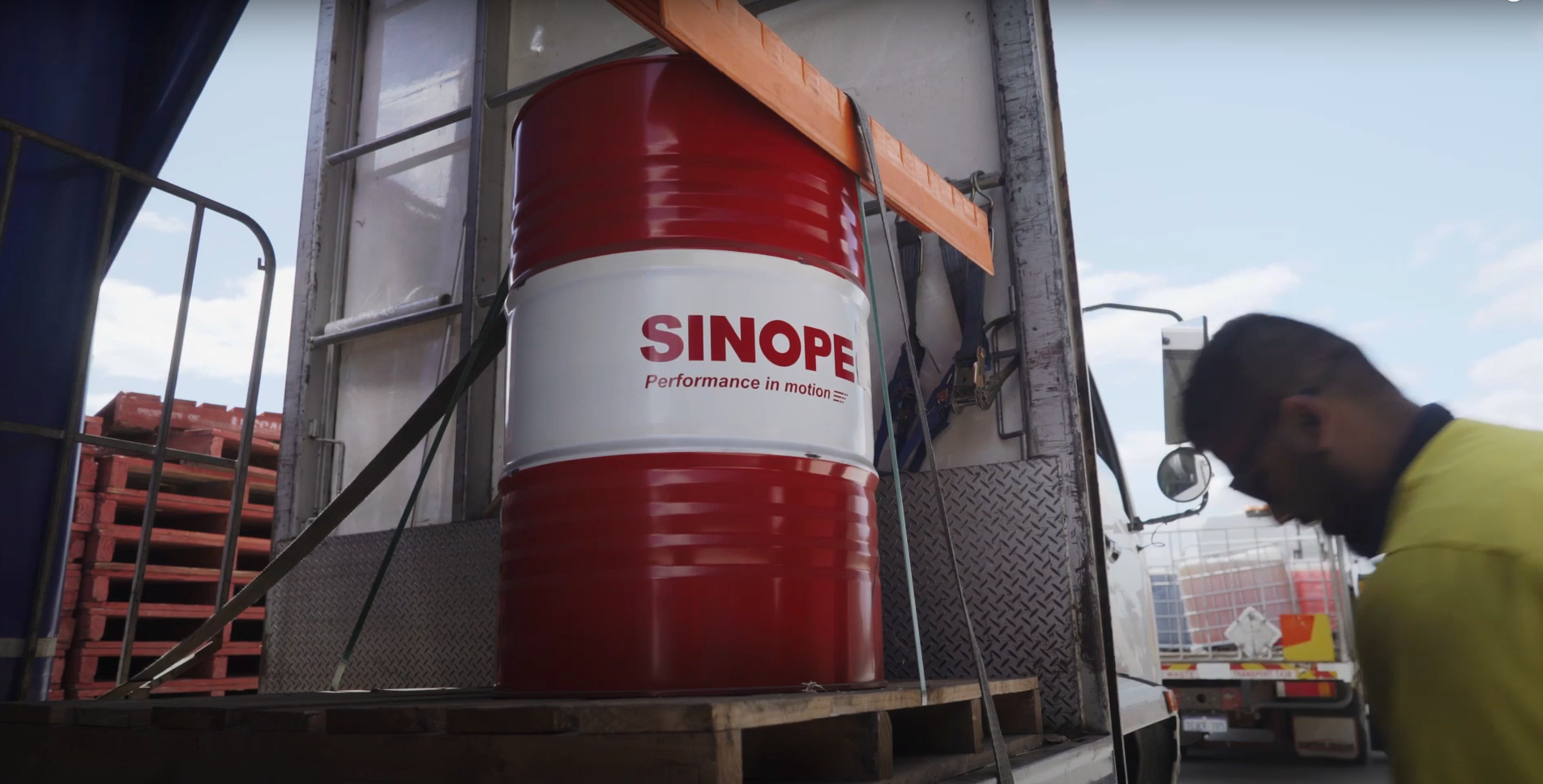Mixing different greases, even those with similar thickener types, can sometimes lead to ineffective lubrication resulting in damage of the lubricated components. If not spotted soon enough this may lead to equipment failure. These situations occur due to chemical or structural interaction between the thickener or additive systems of the different greases which would be classified as “incompatible”.
Symptoms of incompatibility come in various forms. Most frequently grease mixtures will exhibit a change in consistency relative to that of the individual pure greases. This tendency will be more pronounced as the operating temperature or the rate of shearing of the grease mixture increases. Incompatible greases may also exhibit abnormal oil separation or “bleeding” at higher temperatures. If greases that are incompatible are mixed in application it could lead to grease or oil leakage, premature aging, or insufficient oil bleed in the contacting zones.
When changing from one type of grease to another, it is always best to clean and fully re-grease the bearings or thoroughly purge out the old grease with the new grease.If this cannot be carried out, mitigating actions should focus on minimizing the amount of the grease being displaced remaining in the application, such as by increasing re-lubrication frequency to facilitate a purge of old grease in a timely manner. To avoid over-greasing (most frequent cause of bearing failure) when forcing grease out of bearings, always have relief plugs removed during the 1st hour of operation to allow excess grease to freely flow out of the bearing housing. Regular monitoring of temperature, vibration, and visual checks for leaks will prompt for corrective actions if the mixture presents an incompatibility in application. Obviously, application of these best practices is even more strongly recommended if the greases are deemed not to be compatible.

